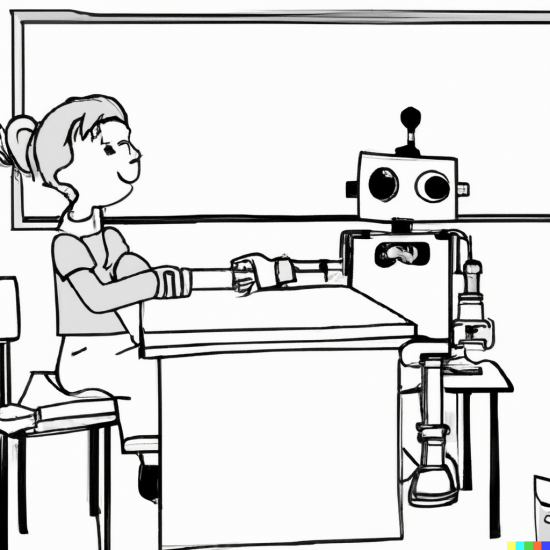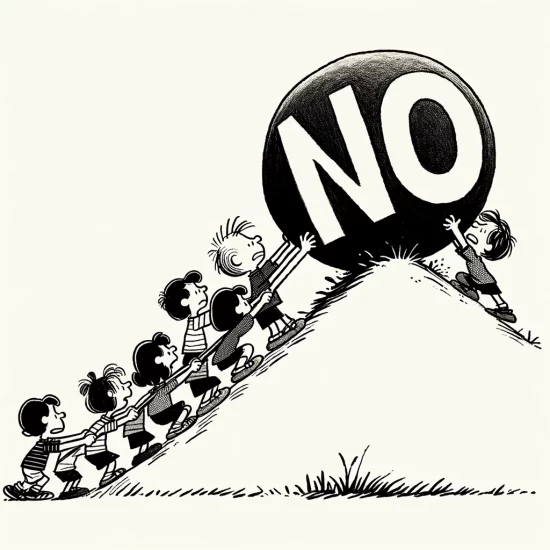Taking the reins and mastering negotiation and decision-making is like navigating through a maze. It’s not just about finding your way—it’s about understanding every twist and turn, and sometimes creating your own paths. Let’s break it down into simple, actionable steps to get you on track.
First off, always keep an ear to the ground when it comes to stakeholder interests. Knowing who they are and what they want is your ticket to compelling negotiations. Dive deep into their priorities, what pressures they face, and what motivates them. By understanding these elements, you’re a step ahead, ready to tackle any questions or concerns they might toss your way.
Next, define your boundaries. This isn’t about being inflexible; it’s about knowing your limits. Set your goals and decide what’s non-negotiable. Having a clear idea of the product vision and market needs helps here—you’re not just negotiating for now, but for future success.
Let’s talk strategy. Each negotiation is different, so pick your style. Whether it’s collaborative or competitive, plan your moves. Think about your opening offers, what you’re willing to concede, and potential trade-offs. Life’s unpredictable, so have backup plans for each scenario you might face.
During negotiations, professionalism and respect are your watchwords. Use active listening; it’s your best friend in understanding stakeholder perspectives. Clearly communicate your position with logic and clarity—no need for smoke and mirrors.
When making decisions, set criteria that echo the product strategy. These should be your north star in deciding the potential impact on product success. Whether you’re deciding between options or charting new territories, stick to these guidelines.
Achieving consensus is where the magic happens. Aim for solutions that benefit everyone involved. Your strategy is your map here, so navigate discussions carefully but confidently. While it’s important to stay within your defined boundaries, keep an open mind to small adjustments that might lead to big improvements.
Documentation isn’t just box-ticking—it’s your roadmap for the future. Record decisions made, the outcomes reached, and communicate them clearly to all involved. This not only ensures everyone’s on the same page now but provides helpful guidance for future interactions.
After every negotiation, hit pause and reflect. What worked? What bombed? This is your chance to gather feedback from stakeholders. Using these lessons to refine your skills means you’ll step into the next negotiation with even more confidence and finesse.
Negotiation and decision-making in the world of Agile isn’t about getting it perfect every time. It’s about steady growth, learning from each experience, and always driving towards the product vision and market needs. With confidence and a keen understanding of the process, navigating stakeholder management becomes second nature. #NegotiationSkills #AgileLeadership


